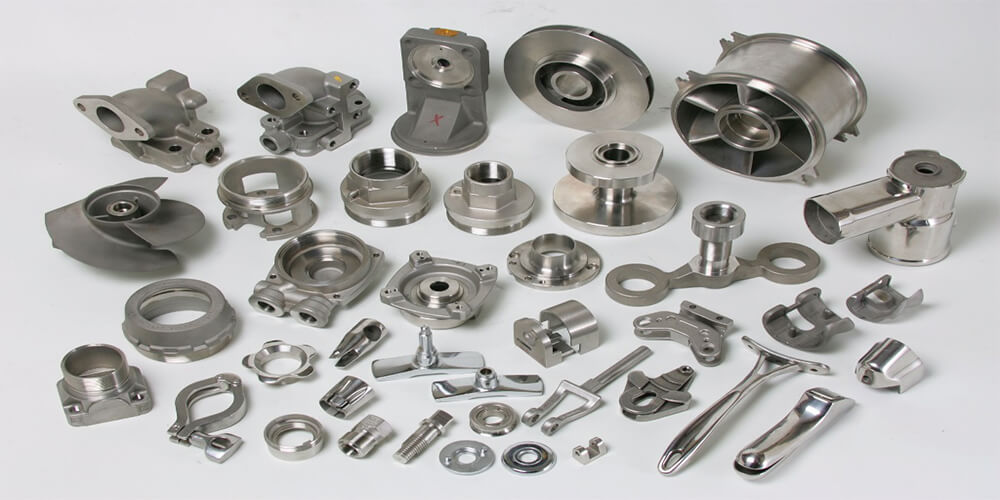Metal die casting entails the accurate production of lightweight complex metal shapes in high quantity. These shapes are produced by metal casting, that is, the use of the injection method to place molten metal in cooled molds for cooling. The molds have cold water in most cases to help in the cooling of the molten metal. Upon contact with the cold water, the molten metal turns solid and takes the shape of the mold. The solid metal is then removed from the mold through mechanical activation. Mechanical activation may be via altering the shapes of particles or additives, which are added to allow the solid metal to eject from the mold.
Different metal die casting processes may be used to finish a given metal. These processes include low pressure, gravity, high pressure, and high integrity die casting. High integrity die casting is divided into squeeze casting and semi-solid metal processing.
Critical Beginners’ Tips for Good Metal Die Casting
Corners
There are two types of casting corners, that is, the corner and fillet radii. The corner radii are the outside corners, while the fillet radii are the inside corners. Both the corner and fillet radii should have appropriate sizes to reduce stress on the edges of the component.
Preferably, the corner and fillet radii should be large enough for more outstanding quality. The correct proportion of corner radii and fillet radii help to improve the quality and prolong the tools’ lifespan.
Uniformity of the wall thickness
Metal die castings should have even wall structures that will give the metal an easy flow through the shape of the mold. The wall thickness ought to be uniformly distributed, avoiding any sharp corners. As a result, the resulting component will have minimal chances of distortion.
It is crucial to make sure the mold fills uniformly to avoid destroying the surface finish of the resulting component. Furthermore, radii have an essential role in the removal of any forthcoming mistake in the surface finish.
Factors to consider when designing a component through a metal die casting
Usage
The usage of die casting varies greatly. Die casting parts may be used for the completion of a given structure. At the same time, the die casting parts may be used as cos¬metics. Suppose the part is used for cosmetics; the die caster should be informed of the correct material choice.
Specified appearance
The difference in metal appearances creates a big difference in their usage too. For example, aluminum will mainly be used for utensils, while silver will be used for cosmetics. This difference is because of their appearances. Thus, the specified appearance important for the choice and methods used during metal die casting.
Assembly
Metal die casting parts are primarily used in the assembly of existing parts. Some parts would be fastened, welded, or threaded into existing machines to create a finished product.
Type of metal used
Different types of metals will require varied treatments during the casting process. For example, copper will undergo a different process from aluminum.
Metal die casting involves quantity production. Therefore, beginners should put the critical factors and tips into correct usage to have the best parts. Involving a professional could be a great idea to avoid making obvious mistakes.

